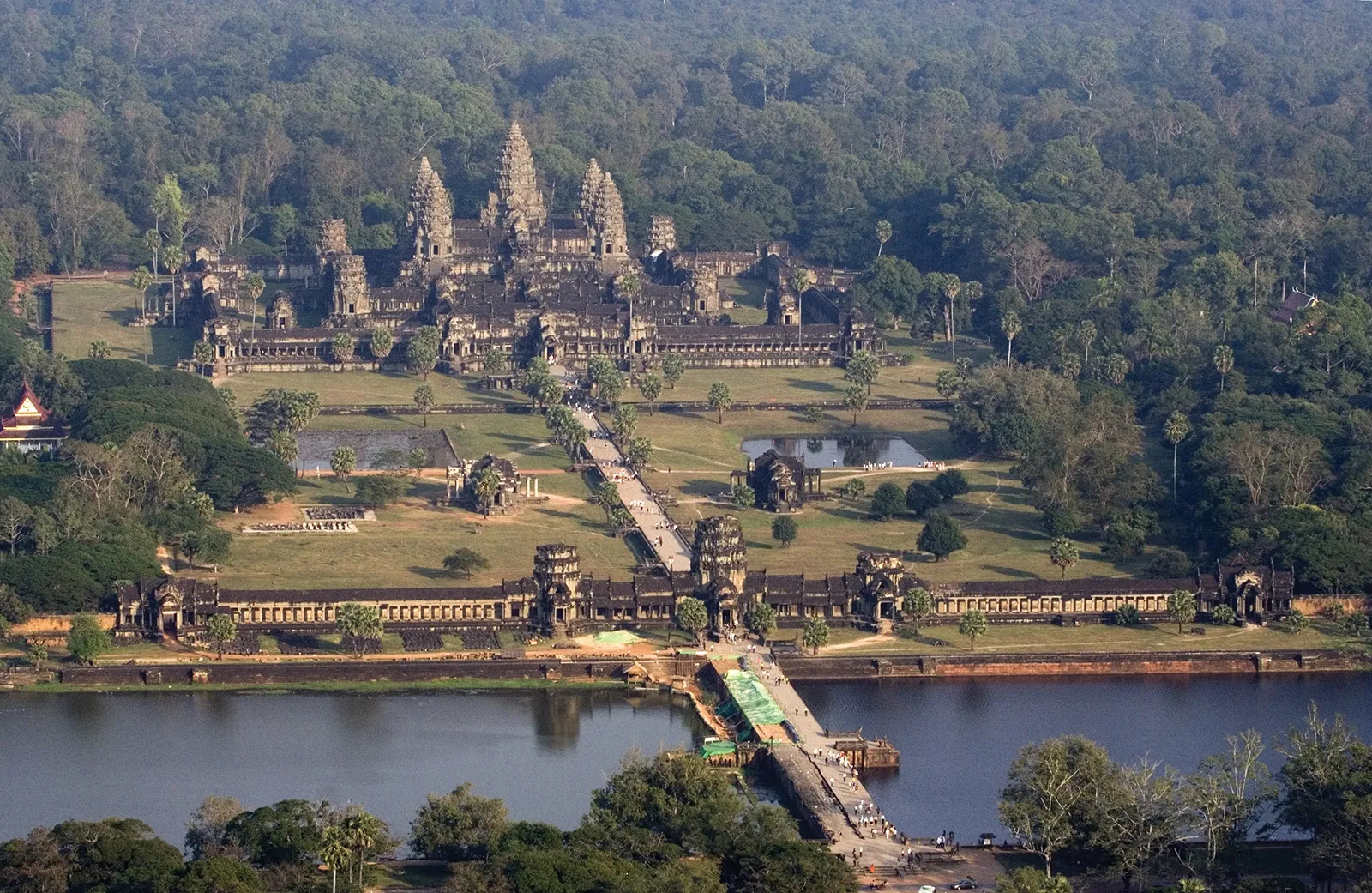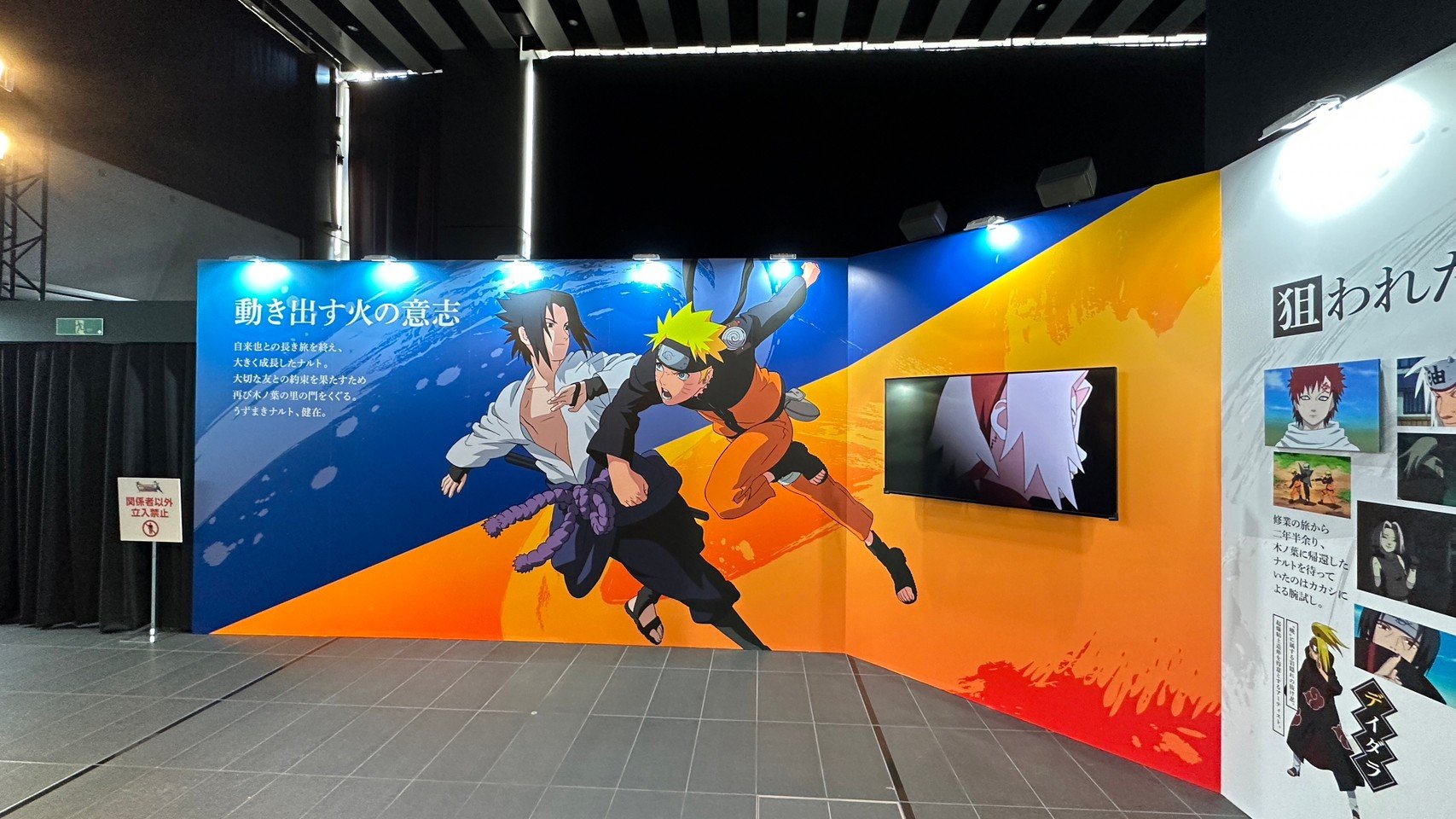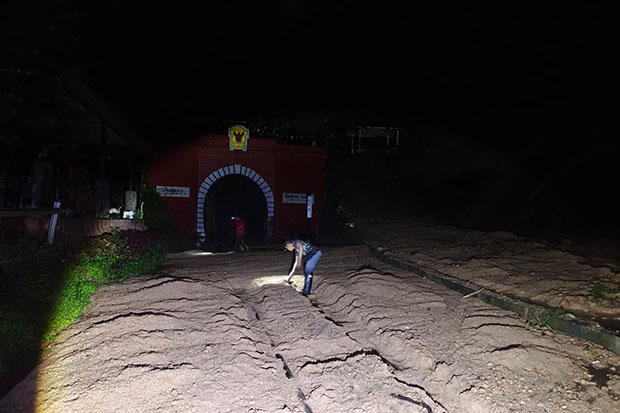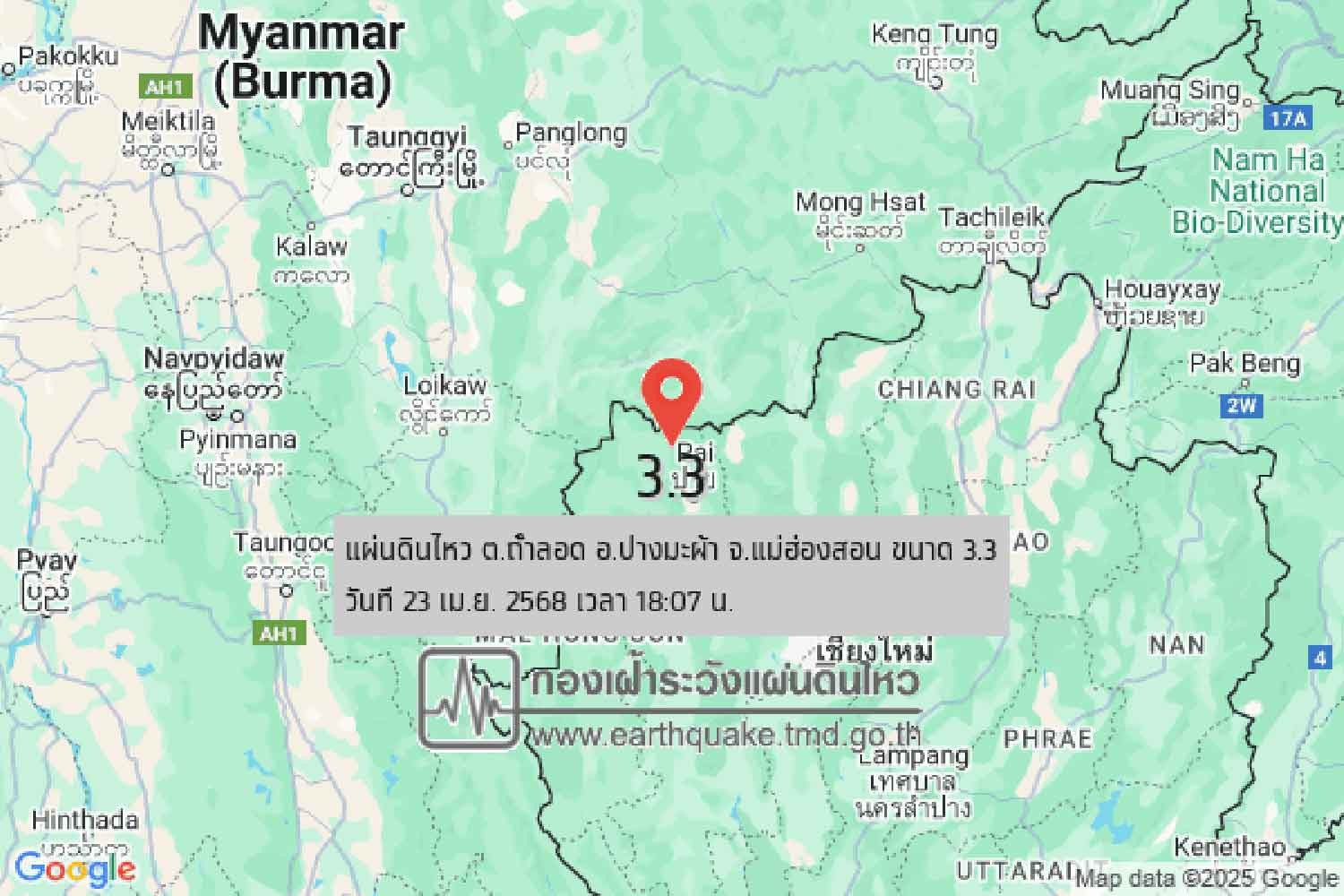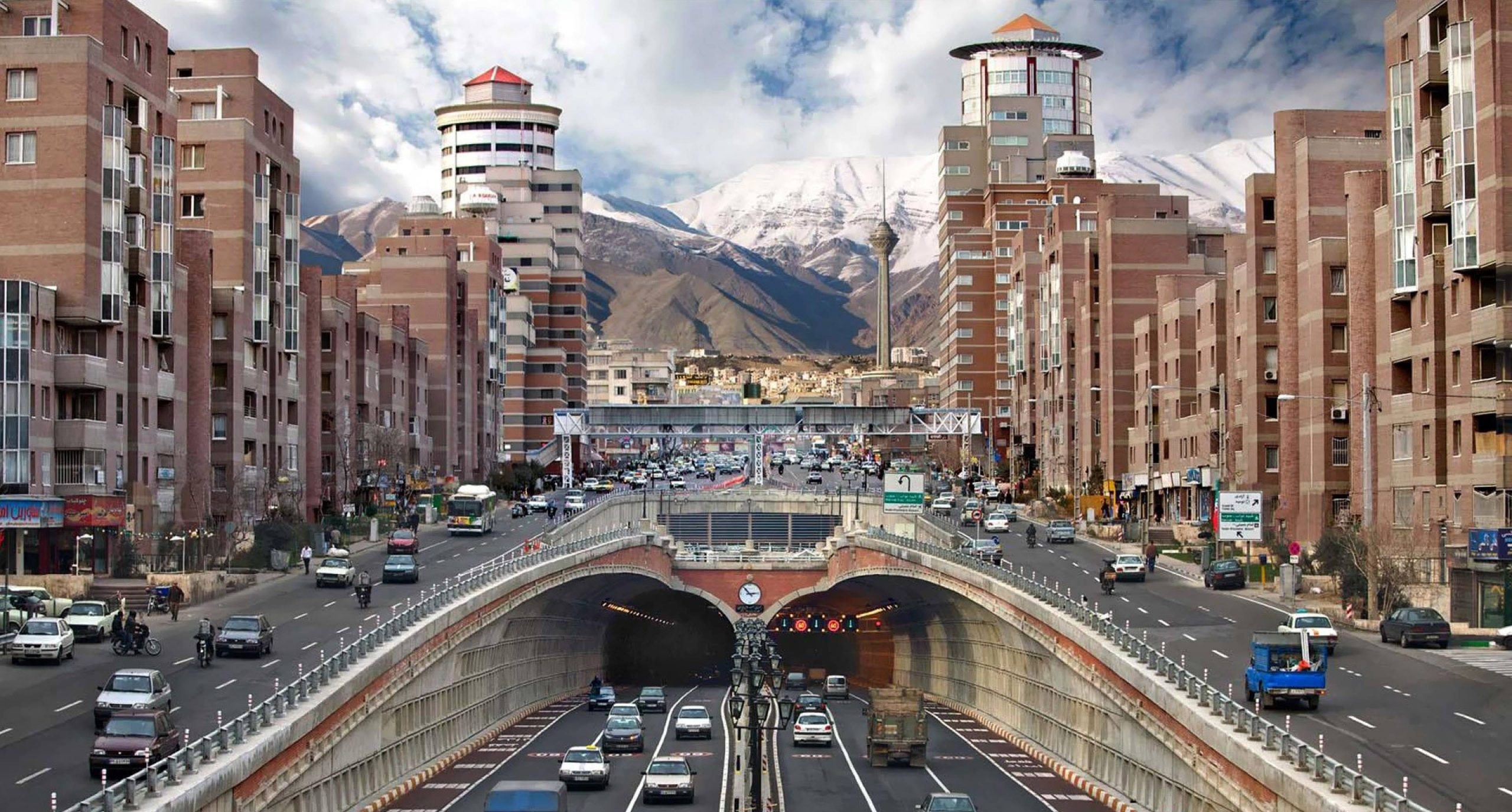A Striking Feature at Wat Phra Kaew
Visitors to Bangkok’s Grand Palace may be surprised to find a replica of Cambodia’s Angkor Wat within the revered Wat Phra Kaew compound. This miniature model, nestled in Thailand’s holiest site, embodies a fascinating chapter of Thai-Cambodian history, sparking curiosity about its origins.
Roots in King Rama IV’s Era
19th-Century Thai Influence
The replica’s story traces back to the 1860s during King Rama IV’s reign, when Thailand held sway over Cambodian regions like Siem Reap and Battambang. This period of administrative control inspired a cultural project that intertwined the histories of the two neighboring nations.
Abandoned Plan to Relocate Angkor
French Influence and Cambodian Resistance
In 1867, King Rama IV proposed relocating the actual Angkor Wat to Thailand, possibly to assert cultural dominance amid France’s growing presence in Indochina. Fierce opposition from Cambodia halted the plan, prompting a different approach to honor the temple’s significance.
Creation of the Replica
Symbol of Cultural Ties
Instead of moving the original, King Rama IV commissioned a detailed, small-scale Angkor Wat replica for Wat Phra Kaew. This artistic endeavor symbolized Thailand’s historical influence over Cambodia while celebrating the shared cultural heritage of the two nations.
Diplomatic Significance Endures
Hun Sen’s 1989 Visit
The replica has served as a diplomatic bridge, notably during Cambodian Prime Minister Hun Sen’s 1989 visit to the Grand Palace. His stop at the Angkor Wat model highlighted the mutual respect between Thailand and Cambodia, despite their complex historical relations.
A Must-See Cultural Gem
Legacy of Shared History
Today, the Angkor Wat replica remains a captivating highlight of the Grand Palace, drawing visitors to explore its historical and cultural significance. Though smaller than its Cambodian counterpart, it stands as a powerful symbol of the enduring bond between Thailand and Cambodia.
